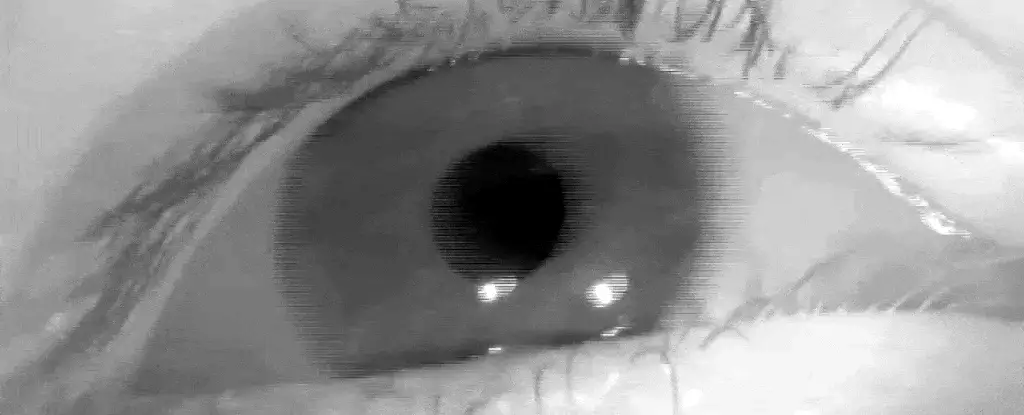Alzheimer’s disease is a daunting diagnosis that affects millions globally, characterized by cognitive decline and memory loss. As the aging population grows, the urgency for early detection methods intensifies. Recent breakthroughs suggest that the movements of our eyes may hold the key to diagnosing this debilitating condition at its nascent stages. A promising study led by a team of researchers from École de Technologie Supérieure in Canada and Dartmouth College in the US introduces a pioneering approach: using microphones embedded in hearable devices to capture and analyze eye movements, specifically a type of rapid movement known as saccades. This innovative method seeks to transform our understanding of Alzheimer’s detection while heralding improvements in technology-supported healthcare.
Eye movements, particularly saccades, play a critical role in how we perceive and interact with the world around us. These swift, coordinated motions allow our eyes to shift focus from one object to another, ensuring that we process our surroundings efficiently. In patients suffering from Alzheimer’s, these movements deteriorate; they become slower and less accurate as cognitive functions decline. Researchers have long recognized the potential of eye movements as indicators of cognitive health, but traditional eye-tracking devices can be cumbersome and often inaccessible to many patients.
The new research hinges on the idea that although the changes in saccades in Alzheimer’s patients are subtle at first—often just a few milliseconds—monitoring these nuances could lead to revolutionary early diagnostic tools. Arian Shamei, an electrical engineer involved in the project, highlights this opportunity, asserting that saccadic latency could serve as a low-cost, non-invasive method for initial detection.
To overcome the limitations of traditional eye-tracking equipment, the researchers propose utilizing hearable devices—small earpieces equipped with microphones that can capture physiological signals emanating from the body. Miriam Boutros, another engineer on the team, explains that this technology aims to develop algorithms capable of monitoring health signals continuously and unobtrusively. The primary focus here is to enable long-term health monitoring, potentially offering insight into Alzheimer’s progression.
The functionality of hearables lies in their capacity to pick up vibrations caused by eye movements, which, although inaudible to most individuals, can be detected by sensitive microphones. This method’s novelty lies in its simplicity; rather than requiring the complexities of eye-tracking equipment, patients can utilize compact and accessible technology routinely.
In a groundbreaking study, the research team plans to enroll 70 participants, comprising 35 Alzheimer’s patients or individuals with mild cognitive impairment and 35 healthy controls. Each participant will wear both the hearable device and traditional eye-tracking equipment. By comparing the data obtained from both sources, the team hopes to establish correlations between eye movement behaviors and cognitive health status.
Through this analysis, the researchers aim not only to verify the efficacy of their hearable technology but also to lay the groundwork for future developments. These potential advancements could include wearable devices specifically designed for continuous monitoring and early diagnosis, thereby enhancing support for patients.
While the immediate focus of the researchers is Alzheimer’s disease, the implications of their work extend to other neurological conditions that may exhibit similar patterns in saccadic latency. As Shamei points out, there is ambition to expand the research beyond Alzheimer’s, exploring differential diagnoses for other diseases with recognizable saccadic dysfunction. This could pave the way for developing versatile health-monitoring systems applicable to various conditions, improving overall patient outcomes.
Moreover, the integration of technology into healthcare speaks to the future of medical diagnostics, where amenity and affordability are paramount. By employing commonplace devices rather than solely relying on specialized equipment, researchers can provide crucial evaluations in a more holistic and accessible manner.
The ongoing research into the application of hearable technology for Alzheimer’s diagnosis represents a significant stride in medical science. By refining the tools we use to observe our bodies, scientists stand on the brink of pivotal advancements in early detection and treatment, potentially altering the lives of millions facing cognitive decline. As this field evolves, it opens doors not only for Alzheimer’s detection but also for a broader understanding of various neurological conditions, marking an exciting era of health tech innovation.


Leave a Reply